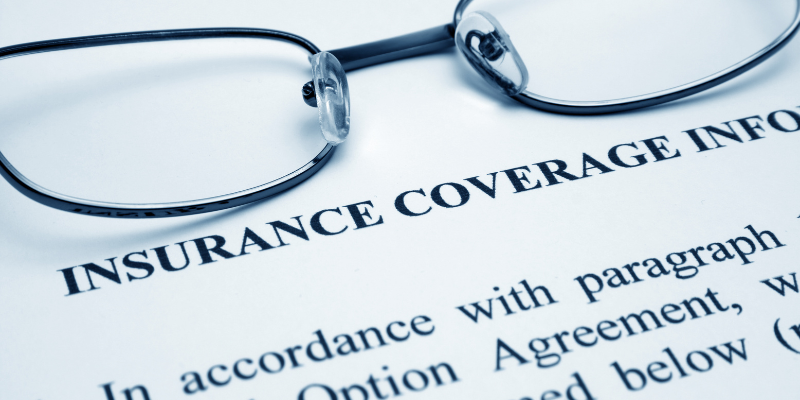
Understanding Insurance Coverage Limits
The maximum payout an insurer allows for a covered claim is defined by insurance policy limits, which represent the maximum amount an insurance company will pay. These limits significantly influence your insurance policy and its associated costs. From auto insurance coverage to property damage liability, each type of coverage within a policy has specified coverage limits indicating the maximum payout from the insurer for claims.
Consequently, think of your policy limit as a safety net. Keep in mind that as a policyholder, you are liable to cover the difference out of pocket when damages or losses surpass your policy’s limits. A deep comprehension of your insurance coverage limits is required to ascertain sufficient coverage and avoid unforeseen difficulties when you need to make a claim.
Understanding Insurance Coverage Limits
Get a clear explanation of insurance coverage limits and their effect on your compensation after an accident.





